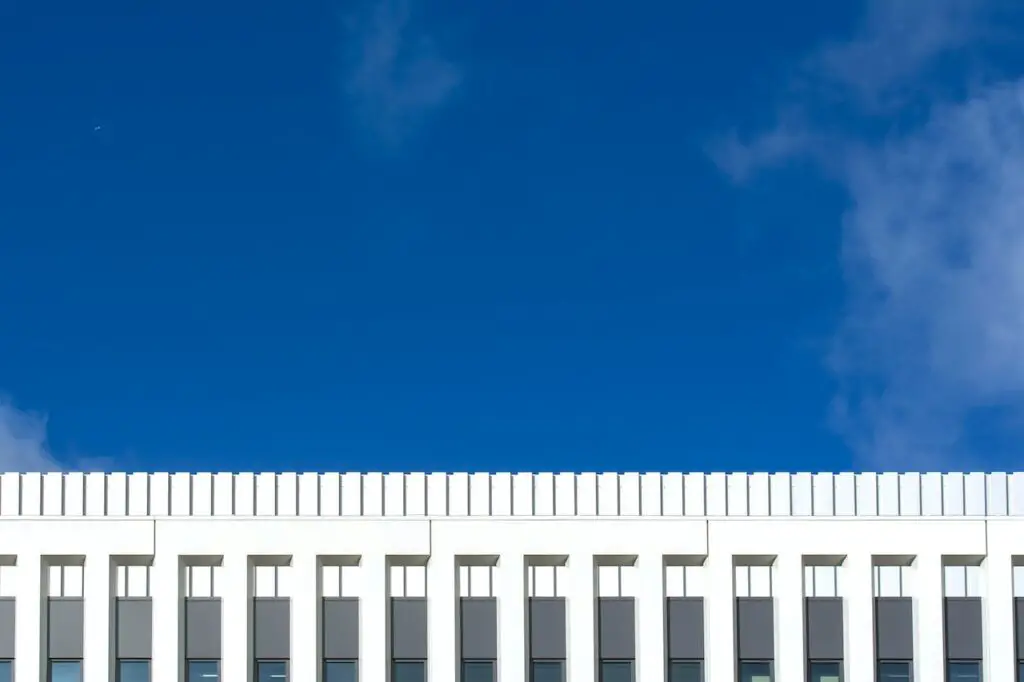Every website worth its salt features quality photography, and this isn’t an element that’s optimized by accident. Instead it takes hard work, the right tools and quite a bit of know-how to get it on-point.
To that end, let’s talk through a few cornerstone aspects of editing snaps for the web, ensuring that they pop in any context.
Optimizing Image Resolution for Web Use
Image resolution holds significant importance when publishing photos on the web as it impacts both aesthetic appeal and page loading time. Here are a few invaluable tips.
- Size Down Appropriately: Optimal web images usually don’t exceed 1920 pixels in width, especially if they’re being viewed on medium-size screens or smaller devices.
- Mind your PPI (pixels per inch): For screen displays, typically 72 PPI does the job efficiently without weighing down your website’s load time.
- Know your Formats: JPEGs are suitable for photographs due to better color depth while PNGs are preferable for graphics because of their lossless compression and transparency support.
Stay on top of these factors when optimizing image resolution to ensure an enticing user experience across all devices.
Understanding Color Correction Techniques
Color correction is vital in photo editing for the web as it instantly enhances visual appeal and adds life to your images. You may use professional photoshop service or do it yourself. Here’s a simple rundown of what you need to know:
- Balancing Colors: Essentially, this comprises adjusting the image’s white balance, making sure that whites appear true while correcting apparent color casts.
- Tweaking Saturation and Vibrance: Play with saturation for richer colors. However, don’t go overboard, as excess can lead to unnatural hues.
- Using Curves And Levels Adjustment Layers: Use these powerful tools found in most photo editors (like Photoshop) to adjust tonal range and color balance precisely.
Getting to grips with these techniques will bolster your ability to deliver more professional-looking photos on the web, and is also relevant for things like brand building and the consistency this requires.
Using AI to Improve Your Photos
Artificial Intelligence (AI) plays an increasingly vital role in photo editing today by automating complex processes. It’s worthwhile exploring its potential with features like:
- Automatic Enhancements: Many AI tools like AI photo editor can auto-correct your images, making lighting and color adjustments for you.
- Advanced Retouching: You can retouch photos with this AI tool. It smartly identifies imperfections and deals with them while maintaining the image’s overall natural look.
- Time Efficiency: Beyond quality improvement, employing AI speeds up the process immensely, thus enabling rapid turnarounds.
As photographic technologies evolve rapidly, leveraging these automated features becomes crucial to stay competitive. The only thing to keep in mind is that a well-edited photo has balance, meaning it uses tech efficiency without sacrificing the human touch. If your efforts end up looking too artificial, you are going overboard with AI.
Managing Compression without Losing Quality
Compression is a crucial aspect of web photo editing as it reduces image file size, contributing to faster page loads. Let’s look at some techniques that ensure minimal quality loss:
- Using the Right Software: Use reliable online platforms like TinyPNG for efficient compression.
- Knowing When and How Much to Compress: It’s important not to over-compress, which can lead to pixelation and unwanted artifacts. A balance must be struck between size and clarity.
- Exploring Lossless Compression Options: Formats like PNG offer lossless compression, and this tends to preserve visual data better during the process.
Learning about how this works will improve your website’s performance significantly while retaining optimal visual appeal in your images.
Creating a Perfect Balance in Contrast and Saturation
Getting the right blend of contrast and saturation can truly make your pictures pop. Here’s how to achieve this balance:
- Measuring Contrast: Make sure that photos contain both light and dark elements for depth. Too much contrast, however, could result in loss of detail.
- Managing Saturation: Vibrant colors catch the eye, but overly saturated images may appear unrealistic or harsh. Aim for subtle yet effective boosts.
- Using Editing Software with Care: Adjust these parameters gently using sliders on tools like Photoshop or Lightroom. Incremental changes often yield the best results.
Subtlety is a must when fine-tuning such aspects of your images. It makes them more pleasing while still appearing natural, so avoid overegging your editing at this stage.
Exploring Crop and Resize Strategies
Through cropping and resizing photos appropriately, you can dramatically enhance your website aesthetics. Below are points worth consideration:
- Defining Purpose: Is the image to be an icon or a header? Also, will it feature any other elements like your brand logo? This will influence the crop ratio and final size.
- Ensuring Aspect Consistency: When multiple images are displayed together, consistent aspect ratios provide a neat visual order.
- Applying the Rule of Thirds: Break your frame into three equal sections vertically and horizontally. Place focal elements along these lines for appealing compositions.
Effective cropping is more than cutting out unnecessary parts. It’s about reshaping landmarks within each photo to guide the viewer’s attention better.
Final Thoughts
This is just the start of your skill-building process when it comes to web-focused photo editing, and the best way to get a handle on these techniques is to stop just reading about them and actually use them yourself. So what are you waiting for?










0 Comments